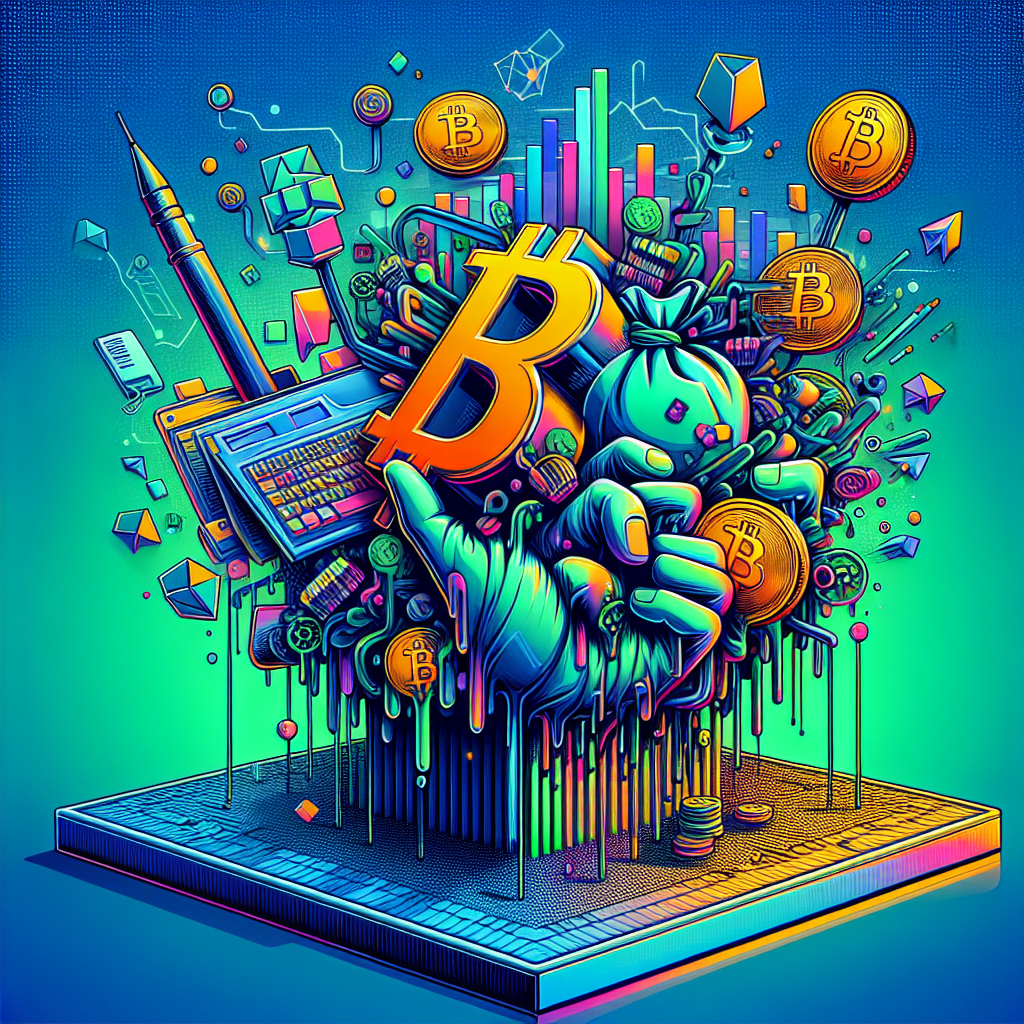In a recent Twitter exchange, Solana’s co-founder Anatoly Yakovenko stirred the pot by branding meme coins and NFTs as “digital slop,” drawing an unprecedented analogy to mobile game loot boxes. His comments have sparked a whirlwind of discussion, particularly considering Solana’s own burgeoning meme coin ecosystem, which ironically has been thriving on the trading front, raking in billions. This contradiction raises a fundamental question: are these assets really without value, or is there more than meets the eye in the crypto sphere?
Yakovenko’s assertion came during a dialogue with Base’s Jesse Pollak, where he skeptically questioned the real value behind coins like Zora, particularly regarding any potential claims on future cash flows from creators. However, when the spotlight shifted to Solana’s own meme coin market, he couldn’t ignore the fact that it houses an active trading scene full of speculative tokens. Despite his critical stance, Yakovenko recognized the undeniable momentum within the platform he’s helped to build.
I’ve said this for years. Memecoins and NFTs are digital slop and have no intrinsic value. Like a mobile game loot box. People spend $150b a year on mobile gaming.— toly 🇺🇸 (@aeyakovenko) July 27, 2025
Despite the critical remarks from Yakovenko, the data tells a riveting story. As of July 2025, Solana’s meme coin market has exploded to a staggering $15.5 billion valuation. Dominating this landscape is LetsBonk, which captured a whopping 70% of the market share, generating approximately $1.72 million in daily fees. The meme coin BONK notably led the charge with a jaw-dropping 50.4% gain over the week, while Pudgy Penguins triumphed with a commendable 43.2% rise during this fervent market rally—the strongest the sector has witnessed since April.
In a whirlwind of excitement, Solana has unleashed over 1.1 million new tokens just this year, driven by innovative platforms like Pump.fun, which is democratizing token creation even amidst the chaos of nearly half a million launches occurring in just one month. Prominent names in Solana’s meme coin realm include BONK with a market cap of $2.7 billion, DOGWIFHAT at $1.1 billion, and Fartcoin sitting at $1.3 billion. This bustling activity juxtaposes Yakovenko’s comments and creates palpable tension regarding Solana’s branding as the go-to blockchain for meme coin trading, known for its low fees and high throughput.
While Yakovenko dismisses their value, it’s noteworthy that Solana’s NFT ecosystem is also flourishing, demonstrating a remarkable 94% growth to $6.6 billion in the same month. Major players in this arena include Solana Monkey Business, DeGods, and Okay Bears, primarily trading on the Magic Eden marketplace, which dominates as the go-to hub for NFT transactions.
The contradiction in Yakovenko’s assertions becomes even more evident when examining LetsBonk, which has recently outperformed alternatives like Pump.fun, achieving record token launches—25,150 tokens in just 24 hours. This propelled it into the ranks of the seventh-largest revenue-generating protocol in the crypto landscape. With BONK’s market cap soaring to $2.85 billion and a staggering trading volume reported at $1.49 billion over a 24-hour period, institutional players like Grayscale are taking notice, adding BONK to their Q3 “Assets Under Consideration” list.
Furthermore, Pump.fun has processed a mind-boggling number of token launches, including playful political memes like “Jeo Boden” and “Doland Tremp.” The volatility in the market is evidenced by its PUMP token, which managed to raise $500 million in July only to plummet by 75% shortly thereafter. Despite this turbulence, Solana’s underlying technical infrastructure—including features like Token Extensions for confidential transfers and enhanced compliance—has enabled a robust environment for meme coin proliferation. With over 2,500 active developers contributing to the network, approximately half of whom possess over three years of experience, the potential for growth remains immense.
As Solana’s decentralized finance (DeFi) space surpasses an impressive total value locked (TVL) of over $10 billion, the ecosystem is bustling with over 1,000 projects spanning DeFi, NFTs, gaming, and infrastructure. Major utility tokens such as Serum, Raydium, and Orca serve critical governance and exchange functions, bolstering the network’s viability.
The surge in meme coins has propelled altcoin indicators to a remarkable year-high of 50%, suggesting a renewed enthusiasm across the market. Compellingly, the NFT landscape has experienced a dramatic resurgence as well. July saw a staggering 51% spike in trading volumes, ultimately bringing weekly totals up to $136 million. The narrative surrounding “digital slop” faces growing challenges as more investors engage with the flourishing NFT market.
🖼️ NFT market cap surges 94% to $6.6 billion in July as CryptoPunk sells for $5 million with blue-chip collections driving 40% price jump.#NFTs #Tradinghttps://t.co/e7qERHc30M— Cryptonews.com (@cryptonews) July 25, 2025
With metrics like the CryptoPunks floor prices, which surged by 53%, and Pudgy Penguins eclipsing the Bored Ape Yacht Club by market cap, the landscape is undeniably transforming. Projects like Art Blocks are witnessing a revival, with average sale prices soaring by an astonishing 156%. Profile picture NFTs have captured a notable 37% of total market volume, followed by innovative representations of real-world assets at 11%. Notably, Telegram NFTs gained traction, exemplified by Snoop Dogg’s collection selling out in a mere 30 minutes for $12 million, while major NFT collections are exploring collaborations on platforms like Telegram.
In conclusion, Anatoly Yakovenko’s bold declarations about meme coins and NFTs illustrate the often conflicting perspectives in the cryptocurrency universe. As Solana’s ecosystem continues to thrive amidst this chaos, it poses a critical inquiry about the evolving nature of value in the digital age. Are we witnessing the dawn of new forms of value, or are these merely fleeting trends in an otherwise traditional financial system? The debate is ongoing, and with the rapid pace of innovation, only time will tell.
